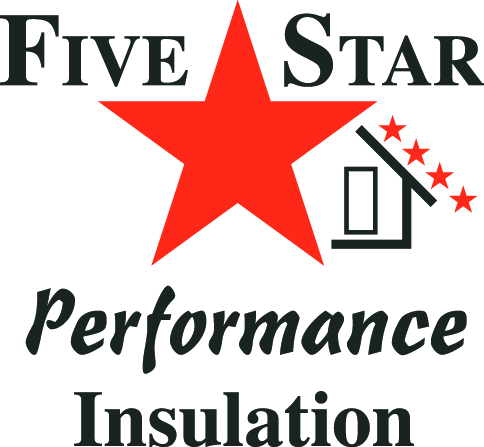If you need to update your home’s insulation, blown-in cellulose insulation is a good option. This type of insulation is ideal for enclosed walls, which often make fiberglass batts an impractical solution. This method is easy and cost effective, but is it right for you? Read on to learn everything you need to know about cellulose insulation.
What is blown-in cellulose insulation?
This type of insulation is made from wood or paper. It’s thick and clumpy, but can easily fit around pipes, wires and other obstructions. The cellulose is usually derived from paper products, like recycled newspaper. Cellulose insulation is often treated with chemicals or other byproducts to increase its fire resistance and reduce moisture. About 85 percent of it is recycled. This makes it an eco-friendly choice for any homeowner.
Cellulose insulation is blown into the empty cavities, using a machine with a blower nozzle. This helps the clumps of cellulose fill the space and move around any obstructions. If the insulation is loose fill, it’s simply blown into the walls. Another type uses moisture to allow the insulation to stick to the walls. Your insulation contractor will help you determine which type of insulation is right for your home and climate.
If you decide to install blown-in cellulose insulation, keep in mind that contractors may need to create holes in your drywall to install the insulation. This allows the contractors to access the cavities in your walls without too much damage. First, they’ll drill holes to accommodate the blower nozzle. Bales of cellulose are packed into a machine with rotating teeth, which separates and fluffs the insulation. Then it’s sent into the walls to fill the cavities. Your walls will be patched and repainted at the end of the process.
Advantages and drawbacks to cellulose insulation
Here’s a closer look at some of the benefits and drawbacks associated with installing cellulose insulation in your home:
- Cost effective: This type of insulation is relatively inexpensive, but has a similar R-value to fiberglass. If you need a cost-effective insulation solution, cellulose is often a great choice.
- Easy to install: Unlike fiberglass batts, cellulose insulation is easy to install. Blowing loose fill insulation into your wall cavities helps the insulation settle around any obstructions. You’ll still get the same excellent insulation properties with less effort.
- Stands up to vermin and insects: Cellulose is treated with borates, so it will help prevent vermin and insects from getting into your home.
- Can settle and form pockets: Once the insulation is blown in, it can settle down a bit too much. This can create pockets and “heat bridges,” which interfere with the efficacy of your insulation. However, this is typically not a problem in attic spaces.
- Can accumulate moisture: Finally, blown-in cellulose insulation can accumulate moisture in humid or wet conditions. When it does, it takes a long time to dry out. This can encourage mold and mildew growth.
If you’re considering installing blown-in cellulose insulation, get advice from the experts first. The contractors at 5 Star Performance Insulation, Inc. will be happy to give you a quote and help you compare your options. Call today to get started.
